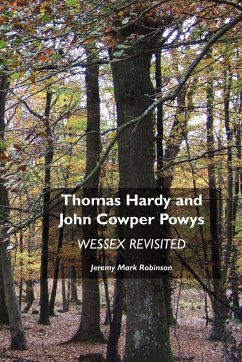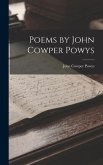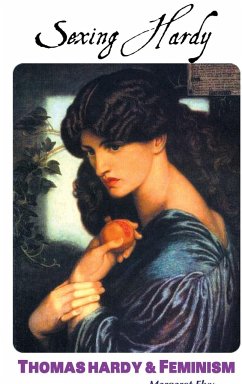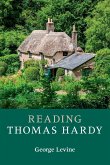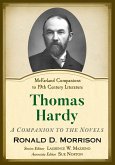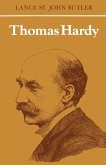WESSEX REVISITED: THOMAS HARDY AND JOHN COWPER POWYS Both Thomas Hardy and John Cowper Powys created a poetic Wessex landscape. Hardy's Wessex has entered popular folklore and myth, and is used in the promotion of holidays, walks, tours, museums, hotels, even town councils. John Cowper Powys's Wessex, explored in A Glastonbury Romance, Wolf Solent, Maiden Castle and Weymouth Sands, among other novels, is less well-known: a place of secret corners, mossy walls, ancient earthworks, Somerset wetlands and ferny hollows. Both writers are discussed thematically for their sense of nature, mythology, philosophy, painting, sensualism, labour, folklore and the family. D.H. Lawrence is referenced throughout as a bridge between Hardy and Powys. Finally Jeremy Robinson considers the film versions of Hardy's novels. This is a valuable addition to the criticism of Hardy and Powys. John Cowper Powys is difficult to categorize. We place him (usually) in amongst D.H. Lawrence, Mervyn Peake, Robert Graves, William Blake and Thomas Hardy. At first glance, Powys seems to be working in the British nature poetry tradition of William Wordsworth and Edward Thomas. His immediate predecessors are Hardy and Lawrence. In Hardy;s fiction (and Emily Bronte's), one finds that fierce enmeshment of nature mysticism and character. But Powys's novels wholly lack Hardy's narrative drive and feeling for drama and development. From Hardy, however, Powys learnt how to interrelate landscape and psychology in an authentic manner. Whereas Hardy is concerned with the furtherance of the dramatic story, above all, Powys is more interested in the ecstatic states of beingness. In this Powys has much in common with Lawrence. These writers use the details found in nature as vehicles for their characters' feelings. Lawrence uses these musings to open up his text to wider issues of human emotions or politics. In Powys's work, the movement in meditation is inward, downward and backward - into the worlds of history, mythology, and the claustrophobia of the self.

